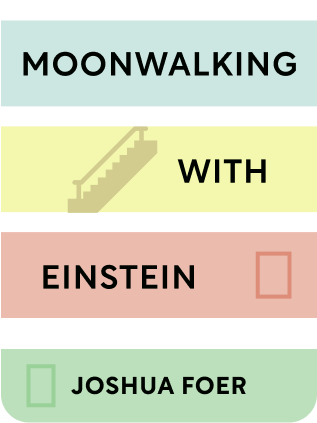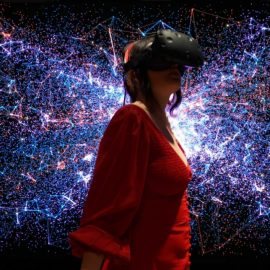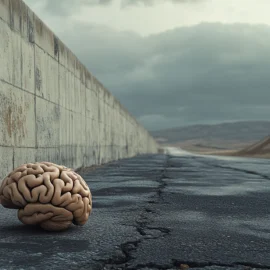

This article is an excerpt from the Shortform summary of "Moonwalking With Einstein" by Joshua Foer. Shortform has the world's best summaries of books you should be reading.
Like this article? Sign up for a free trial here .
What part of the brain controls long term memory? How does long term memory impact the way we view the world and ourselves?
Knowing what part of the brain controls long term memory can help you visualize the way memory works. Long term memory affects our perspective and the way we view ourselves and the world.
So what part of the brain controls long term memory? Let’s find out.
Long Term Memory: How Much Do We Really Remember?
What part of the brain controls long term memory? Scientists used to think that people remembered everything that had ever happened to them, and memories only became inaccessible because the cues were lost over time. However, this is not the case—memories do fade over time at the cellular level.
Memories fade most quickly in the hours and days after forming. Anything that’s left after a month tends to stay with us long-term. Interestingly, our memories change over time. We tend to remember our oldest memories in third person, as if we were watching them, and our newer memories from our own points of view. Sometimes our memories change so much they no longer even accurately record what happened.
Why don’t we remember anything before we were three or four? This has everything to do with what part of the brain controls long term memory. This should have been a very memorable time our lives—everything we encountered was new. It could be due to a few reasons: our brains aren’t fully developed until we’re three or four, most of our early learning is unconscious, and we don’t have language or a large existing web of associations. Even when we encounter new things, if we don’t have anything already in our heads to associate them with, they don’t stick.
What Part of the Brain Controls Long Term Memory?
The study of memory necessitates the study of the brain. Memories are created in, stored in, and affected by different parts of the brain:
- Neocortex. This is the brain’s wrinkly-looking outer layer. It stores memories.
- Hippocampus. This is involved in converting our perceptions into long-term memories. The right posterior section is involved in spatial navigation, which, as we’ll see, is an important aspect of memory.
- Medial temporal lobe. This contains the hippocampus and is involved with long-term memory.
- Basil ganglia. This is involved in learning habits.
- Cerebellum. This is involved in learning motor skills.
- Frontal and parietal cortices. These are involved with recalling long-term memories.
When we use our brains, they physically change—we can form new neurons and rearrange connections. This is known as neuroplasticity. For example, neuroscientist Eleanor Maguire studied the brains of London cabbies-in-training. She found that their right posterior hippocampi (responsible for spatial navigation) were 7% larger than the average person’s because they spent so much time memorizing the layout of the city. This is a fascinating insight into what part of the brain controls long term memory.
Working vs. Long-Term Memory
The brain uses at least two different systems to store memories:
- Working memory. Your working memory keeps track of whatever’s currently the focus of your consciousness. It acts as a filter between your experiences of the world and your memory of it. Only if the brain deems something relevant will it be stored more permanently. Your working memory can only hold on to five to nine different things at once.
- Think of your working memory like the CPU of your computer. It stores whatever your computer is working on at the moment, and only for as long as you need it.
- For example, if there’s a pigeon on the sidewalk, you only need to remember its existence long enough to walk around it.
- Long-term memory. The long-term memory stores things you need to remember for longer than a few moments.
- Think of your long-term memory like the hard drive of your computer. It stores things for a much longer period of time, up to a lifetime.
- For example, your birthday is something you’re going to need to remember every year, so it’s stored in long-term memory.
Scientists think that sleep is important for consolidating our memories. For example, in experiments with rats, scientists look at rats’ brains while they’re awake learning to run a maze and then while they’re asleep. Asleep, their neurons are firing in the same patterns they did while learning the maze. Dreams could be part of the process of creating long-term memories.
Now that you know what part of the brain controls long term memory, you can better understand how we build and maintain our identity.

———End of Preview———
Like what you just read? Read the rest of the world's best summary of Joshua Foer's "Moonwalking With Einstein" at Shortform .
Here's what you'll find in our full Moonwalking With Einstein summary :
- The memory techniques that took the author from novice to US memory champion in one year
- The 6 key types of memory we use everyday
- Why memory isn't just genetic, and how you can improve your memory with the right techniques






